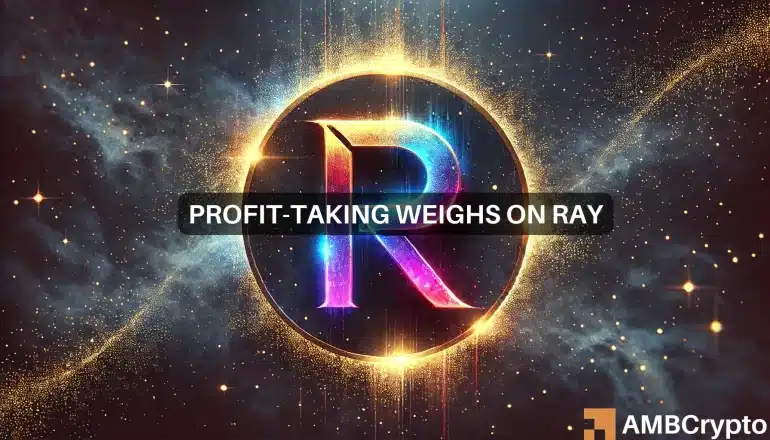From 10th October to 9th November, Raydium [RAY] experienced a remarkable surge of 280%, followed by a slight pullback in its price movement. As an Automated Market Maker (AMM) and liquidity provider built on the Solana [SOL] blockchain, Raydium witnessed a substantial increase in transaction fees over the past month.
On 21st October, Raydium’s daily fees reached $3.4 million, surpassing Ethereum’s [ETH] fees of $3.35 million for the same day. It is noteworthy that Ethereum has observed a gradual decline in fees following the Dencun upgrade earlier this year.
Significant Rise in Raydium’s Earnings
In September, Raydium’s fees were around the $300k mark. By 13th November, these fees had surged to $10.73 million, resulting in a revenue of $693.36k. These fees are generated from swaps, with a percentage being allocated to buying RAY and distributing it to token holders.
The substantial increase in revenue can be primarily attributed to the growing popularity of meme tokens within the Solana ecosystem. This surge in demand for SOL led to higher fees for Raydium, subsequently boosting RAY’s prices due to increased market interest.
An analysis by CryptoCrypto suggests that RAY might be overvalued in the short term and could be poised for a correction. The 30-day MVRV Ratio stood at 26.37%, reaching a peak of 67.3% on 9th November.
The spike in Dormant Circulation during this period indicates significant token activity, potentially signaling an uptick in selling pressure resulting from profit-taking behaviors.
Furthermore, while the Mean Coin Age (MCA) had been declining since September, recent days have shown signs of recovery. However, the current MCA does not indicate accumulation, hinting at the likelihood of continued profit-taking activities that may dampen Raydium token prices.
Potential Dip in RAY Price towards $3.5
Technical indicators on the price charts remained largely bullish, even after facing rejection around $6. The RSI dropped from 83.66 to 62.3, indicating healthy bullish momentum. The OBV continued its upward trend, reflecting robust buying pressure, with trading volume also witnessing a steady increase over the past month.
According to the Fibonacci retracement levels, key support levels to monitor are at $3.78 and $3.26. In the short term, the $4 level could serve as a crucial marker to determine if bearish sentiment is intensifying for a deeper market pullback.

